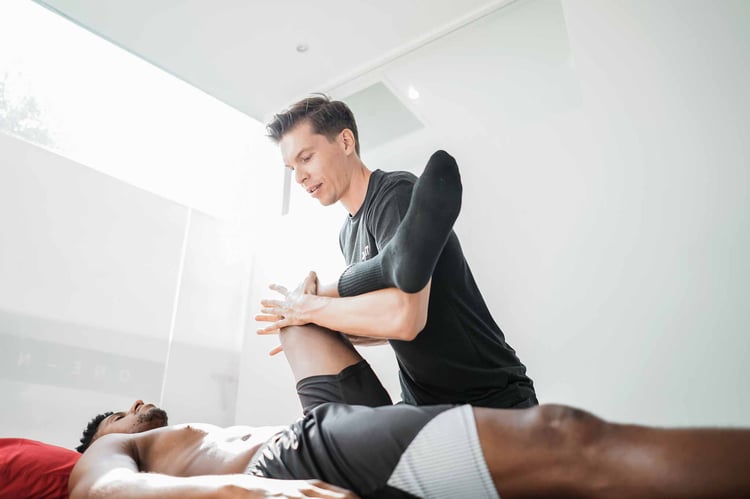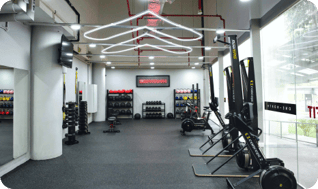Did you know that work-related pain lowers work productivity and increases job dissatisfaction?
In the United Kingdom alone, work-related back pain costs businesses 635 million pounds a year and is the most costly and common occupational health problem!1 The most common occupation associated with work-related problems is teachers, where between 45-90% are affected. 2 However, it’s not all doom and gloom! Research has shown that tailored rehabilitation, ergonomic training including improving your work environment and posture it can significantly decrease musculoskeletal pain.3
What exactly are Work-Related Musculoskeletal Disorders (WMSDs)?
Work-related musculoskeletal disorders are pains that are a combination of repetitive strain and cumulative trauma disorders that stem from workplace risks.4 These conditions are increasingly prominent in patients that are heavy users of computers, which are normally associated with pain and numbness to areas including all areas of the spine, shoulders, elbow, wrist, and hands.
Risk Factors to developing pain due to your work environment: 5,6
- Prolonged sitting or standing in the same position
- Awkward repetitive twisting, pushing or pulling movements
- Physically heavy work, lifting and bending
- Vibration from machinery
- Improper ergonomics
- Job dissatisfaction and having monotonous tasks
How do WMSDs affect our health?
Firstly, it is important to note that the act of sitting itself is not enough to increase your risk of getting pain. However, if you are sitting for extended periods of time and combining it with awkward postures with little physical activity, it does increase the risk. With decreased joint mobility, it increases the amount of energy you need to maintain and stabilize the position. Hence, often leading to overworking certain muscles and other joints.7 The symptoms are often exaggerated, especially if you have poor posture or regularly do repetitive awkward movements.8
How can WMSDs be treated?
A typical recovery to a pain-free you:
-
Desk assessments or consultations
-
Manual therapy treatment
-
Rehabilitation exercise programs
-
Keeping active

Manual therapy is often recommended for work-related injuries and your osteopath should tailor your treatment for your personal case. Treatments will often use a range of gentle movements to increase the range of motion as well as reduce any muscle tension and pain you may have. Different massage techniques and stretches to release any muscle spasms.
Osteopaths, depending on your diagnosis, age, and general health may manipulate your neck which is a technique that may cause the joint to ‘click’ which is proven to decrease pain and disability.9,10 Subsequently, exercise therapies have been developed as a preventive treatment in order to strengthen, improve the function, quality of life, and reduce pain levels of work-related injuries including spinal pain. Regular exercise also helps to limit or reduce the episodes of lower back pain that you get.
A typical recovery to a pain-free you:
-
Desk assessments or consultations
-
Manual therapy treatment
-
Rehabilitation exercise programs
-
Keeping active
Therefore, make sure you stay active! Need expert advice? Speak to an osteopath today to find out how you can live your life pain-free!


.png?width=301&height=187&name=Website%20Navigation%20Images%20(3).png)

-1.jpg?width=1984&height=1196&name=UFIT%20Club%20Street%20Front%20(4)-1.jpg)







